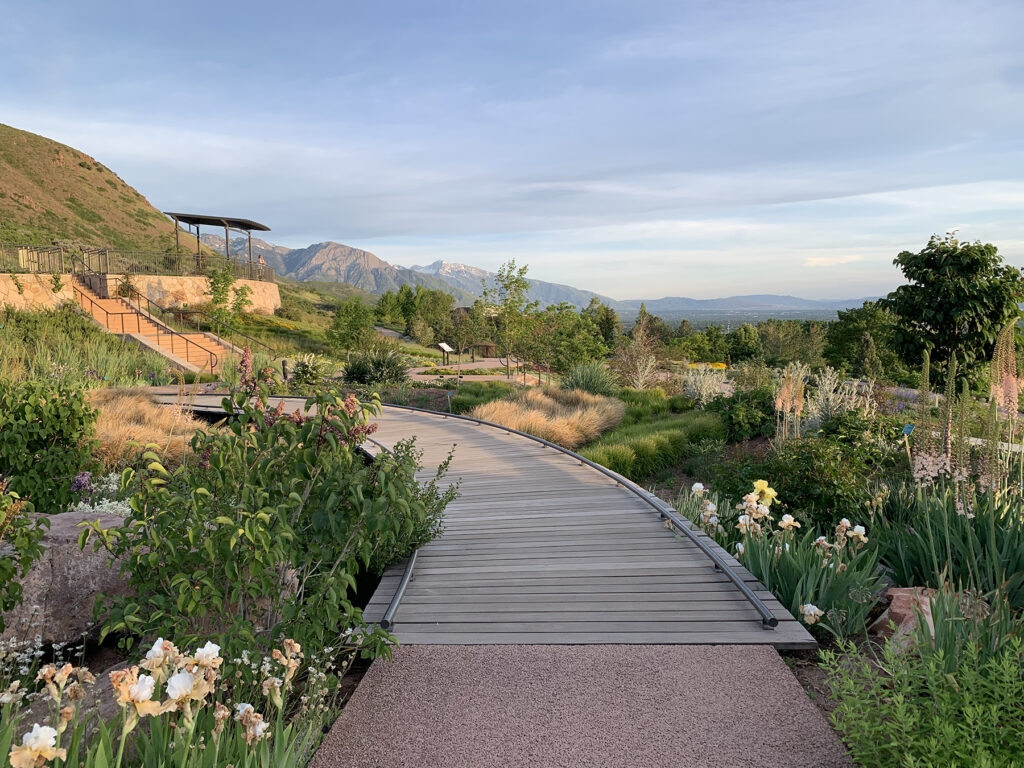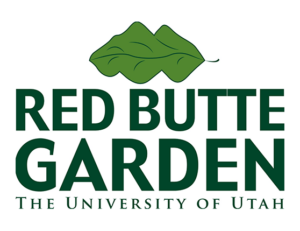
Red Butte Garden
300 Wakara Way
Salt Lake City, UT 84108
801-585-0556
information@redbutte.utah.edu
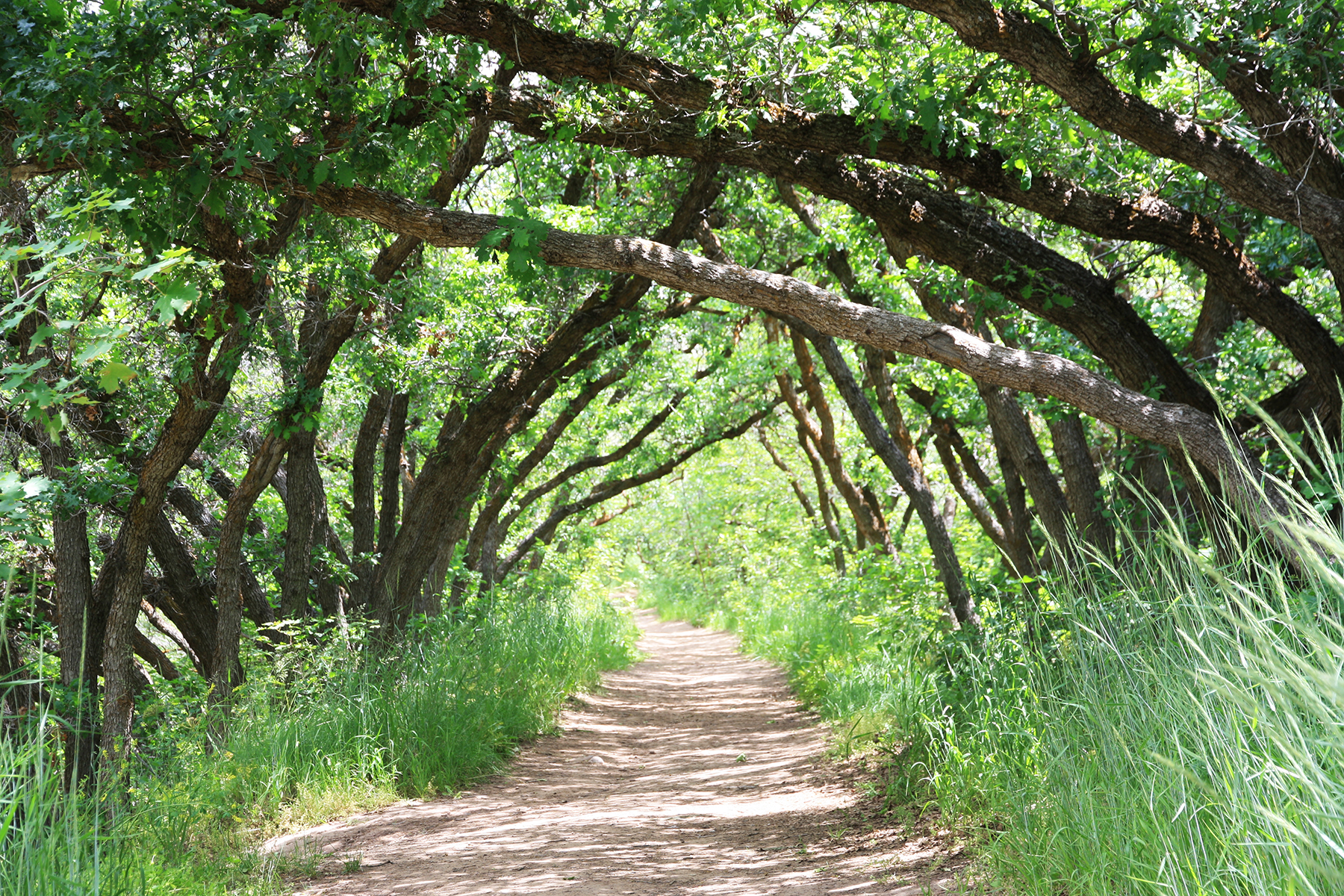
What is your organization’s history?
Red Butte Garden and Arboretum (RBG), in the Wasatch Mountain foothills adjacent to the University of Utah campus in Salt Lake City, opened to the public in 1985. It is now one of the biggest public gardens in the Intermountain West.
What is unique about RBG and what parts of the garden are visitors most attracted to?
Visitors are attracted to the Garden’s diverse plant collection and its spectacular natural setting. The Garden offers panoramic views of the surrounding mountains, Salt Lake Valley and the Great Salt Lake.
Ten themed gardens provide unique settings for guest immersion, and there are 5 miles of hiking trails in a 75-acre natural area. RBG’s newest and largest cultivated garden is the Water Conservation Garden, which demonstrates the variety of plants that can thrive in low-water conditions and provide a lush, vibrant garden.
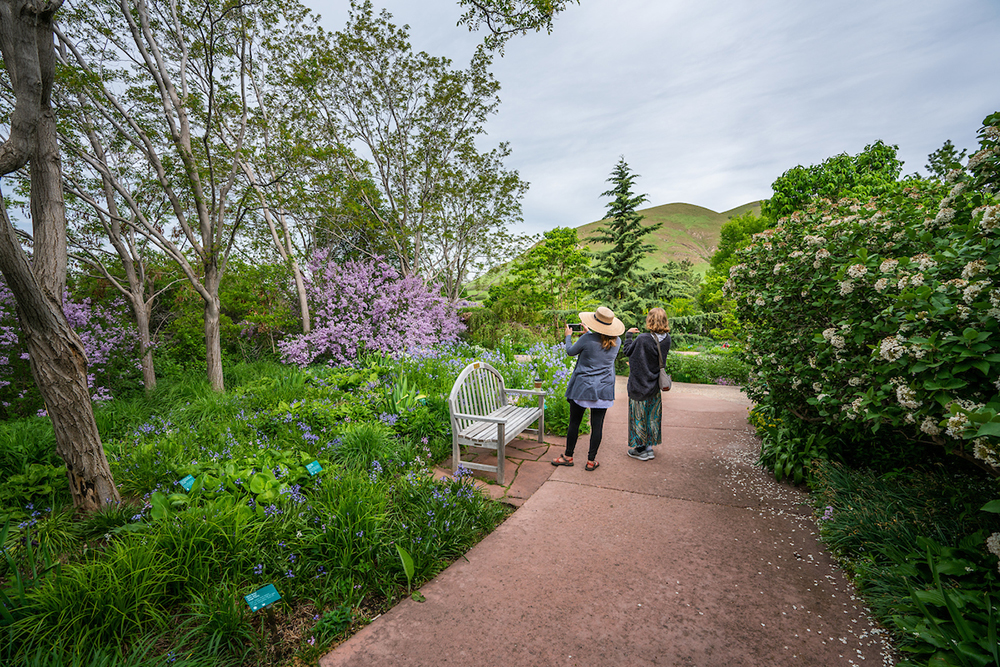
How would you describe the people who visit the gardens?
Guests range from students at the university, and families with children, to older active adults. Some want exercise, recreation and/or family activities, while others want to learn more about plants and get ideas for their own gardens.
How do you evaluate which new plants to add?
RBG identifies what is not working or needs a face-lift. Staff evaluate the purpose of the area and develop design goals based on opportunities to expand RBG’s plant collection. Horticulture and design staff spend a lot of time researching plants that will thrive in the environment and create visual interest.
How often do you change the layout of the gardens to feature various species?
With RBG’s 40th anniversary in 2025, we are excited about developing our first master plan for the entire 100 acres. Our vision for the next few decades includes adding buildings, gardens and other features to better serve our growing and increasingly diverse community. Sustainability is a high priority.
What are some of your most challenging issues?
Our biggest asset – stunning location and views – comes with its drawbacks. At 4,400 feet elevation with several elevation transitions throughout the garden, it can be difficult for guests from sea level.
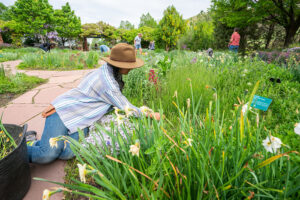
How has interest in the various plant species changed in the past 10 years, and what are the trends for next 5 – 10 years?
The shift is toward more native and water-wise plants, which means water conservation. At RBG we try out new plants and educate the public on plants that do well. We hope this drives diversity in plant selections and more sustainable choices available to the public.
The trend toward increased water conservation will continue. We continue to capture stormwater runoff and utilize it to grow plants and infiltrate the soil.
Is the labor shortage affecting your operations and how have you been dealing with it?
One challenge is hiring. We are still able to hire good people, but now we hire more people who work fewer hours, and turnover is higher. We attract people who have a passion for plants and gardens, but at any given time, we wish we had more people.
Another challenge post-COVID is securing vendors for construction. As a nonprofit, our resources are limited and prices have been rising in the trades.
How do you incorporate sustainability into your business processes?
Sustainability is prioritized in everything we do at RBG. This includes plant choices, water efficiency, energy conservation and limiting pesticide use. We model conservation and sustainability practices we are promoting to the public.
What benefits do you value most from your CNGA membership? Our staff love CNGA! They value professional development and becoming ceritified, and sharing expertise at the annual conference. Membership makes us feel part of a larger community and able to learn across the industry.
